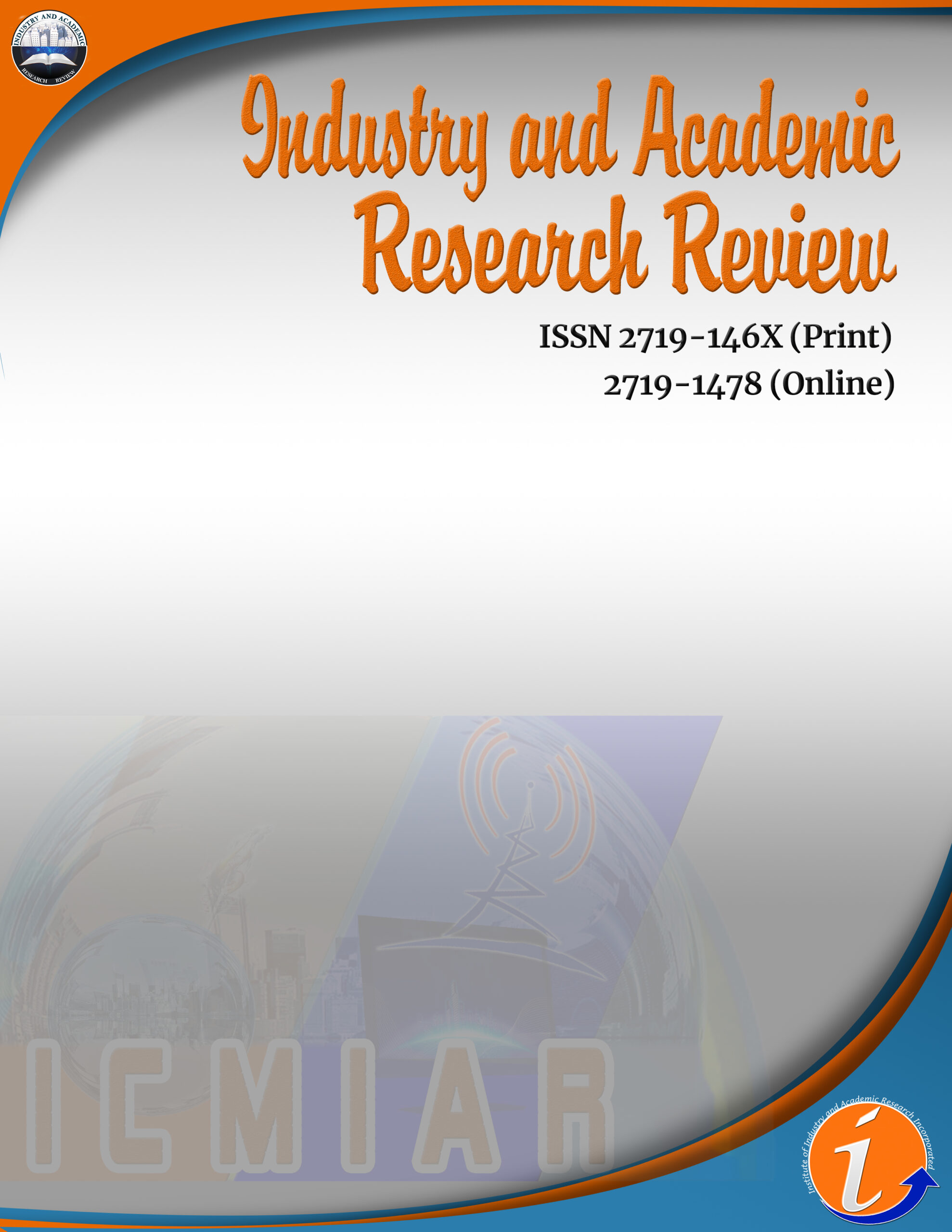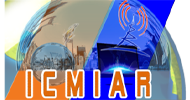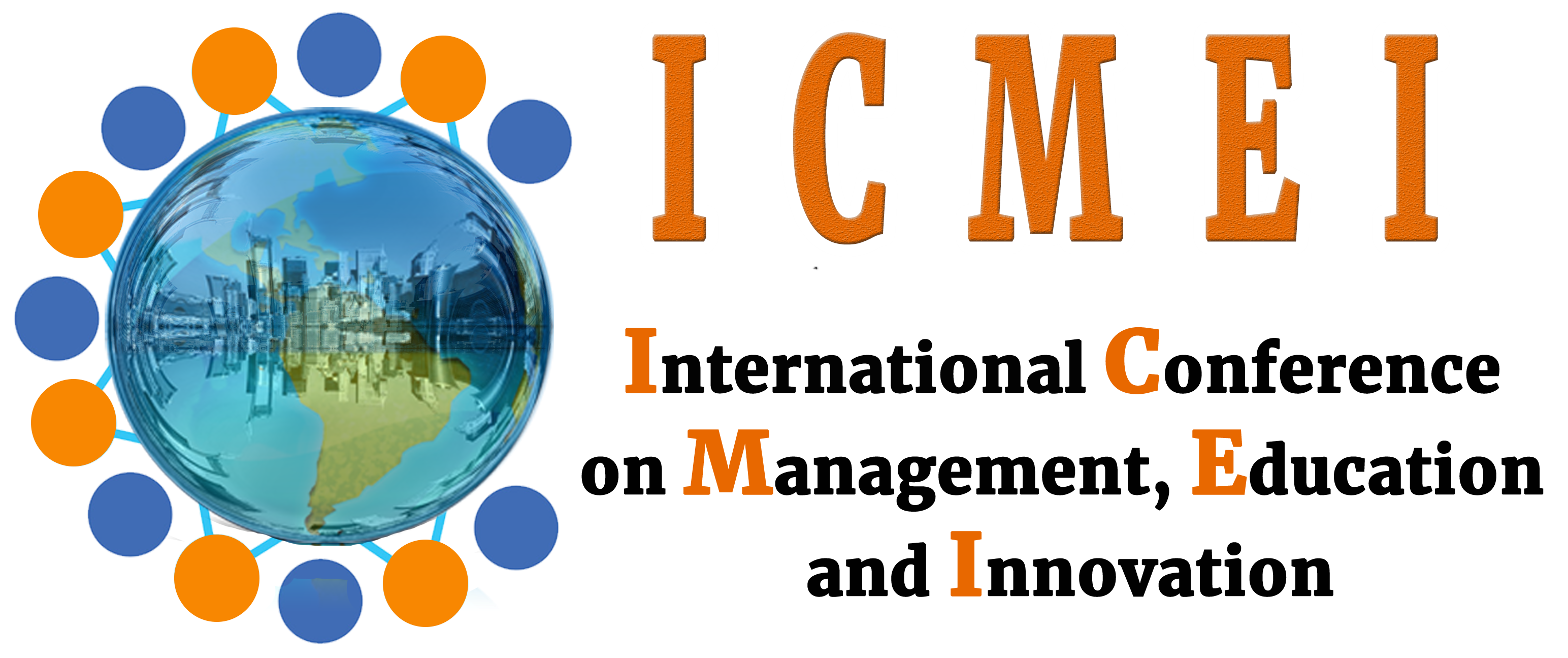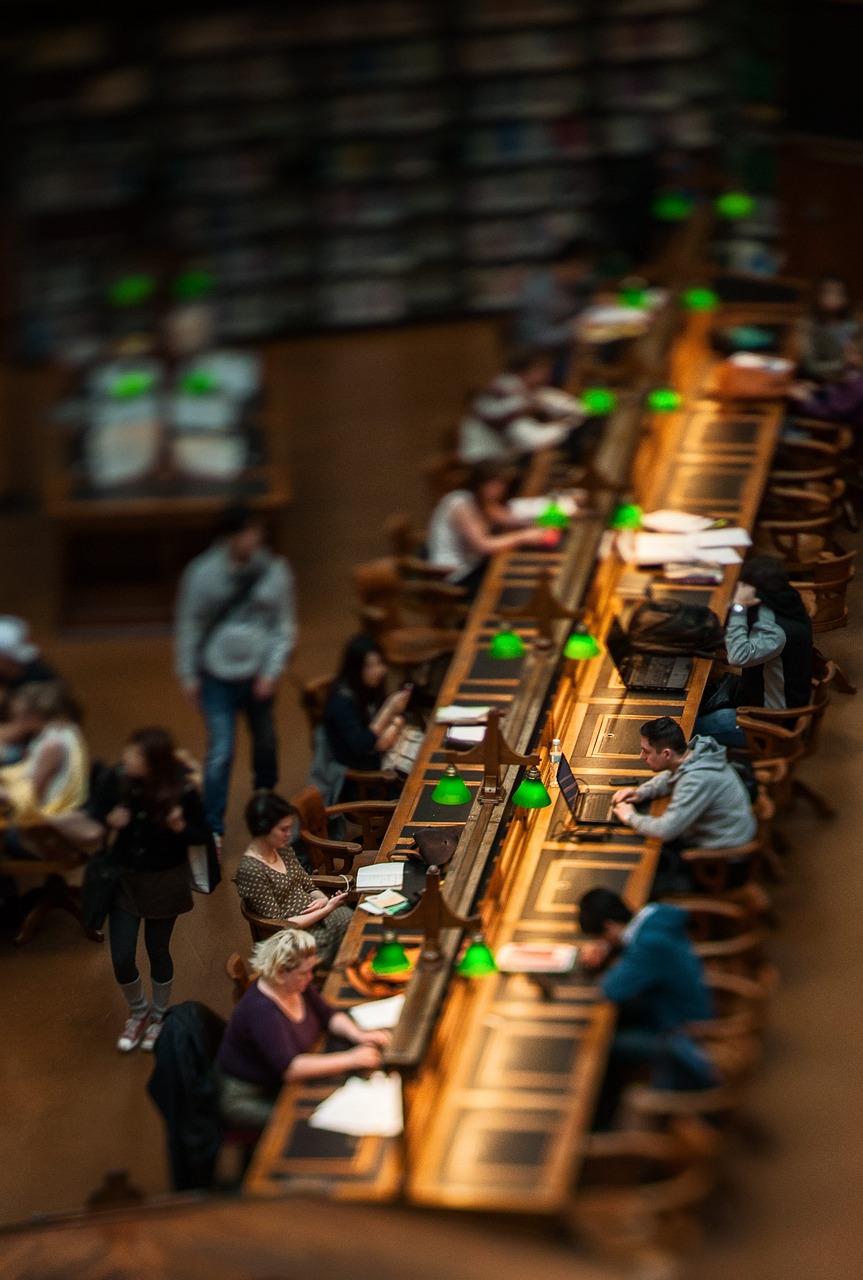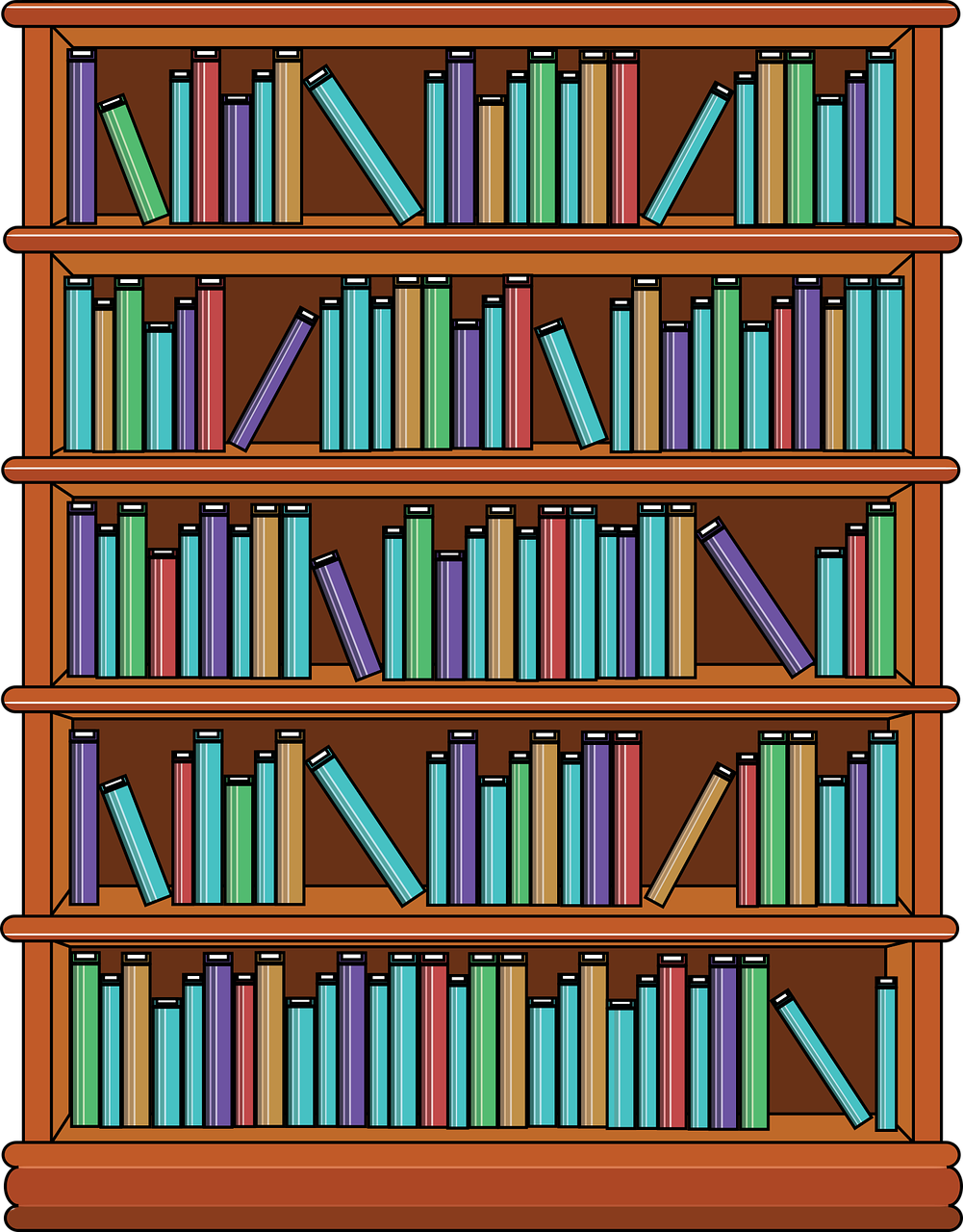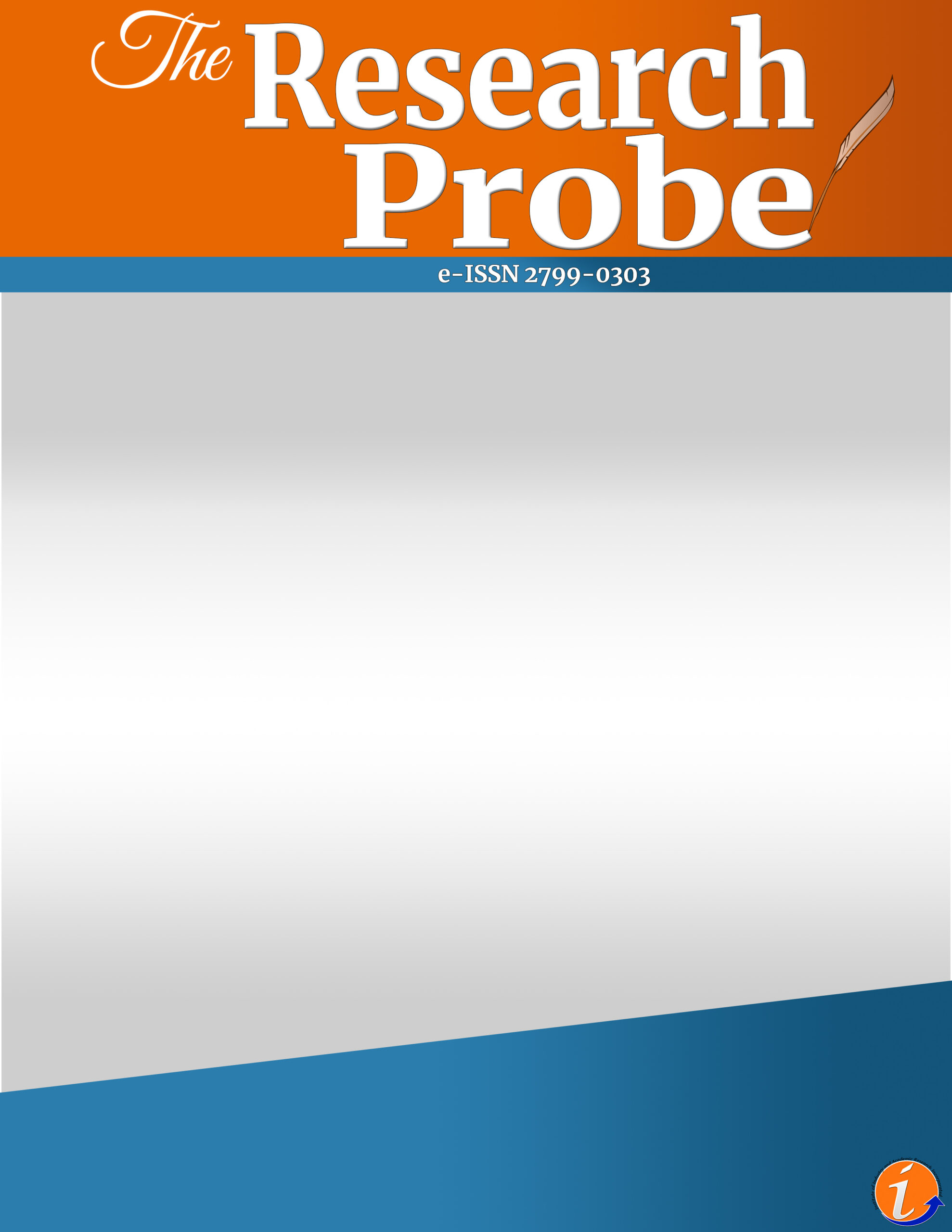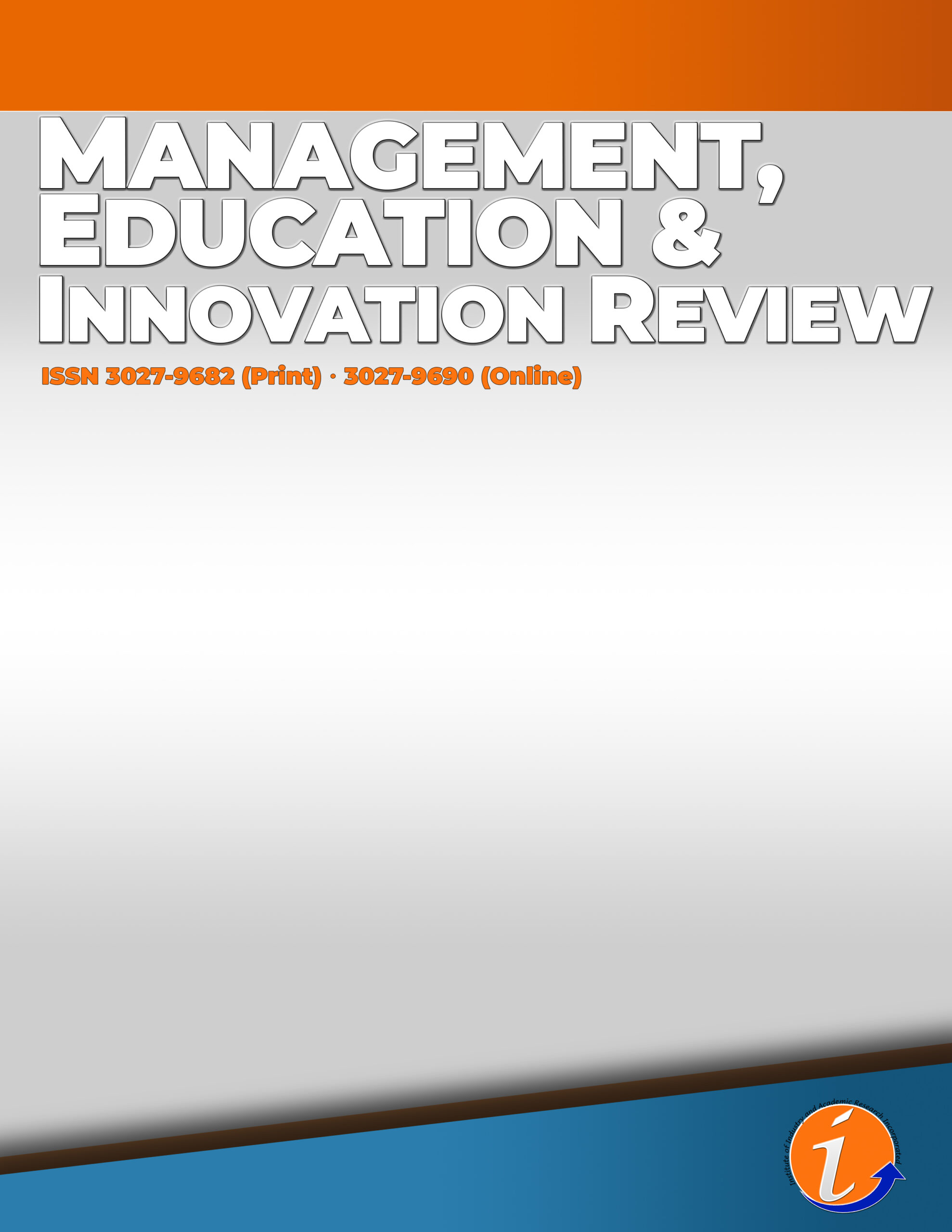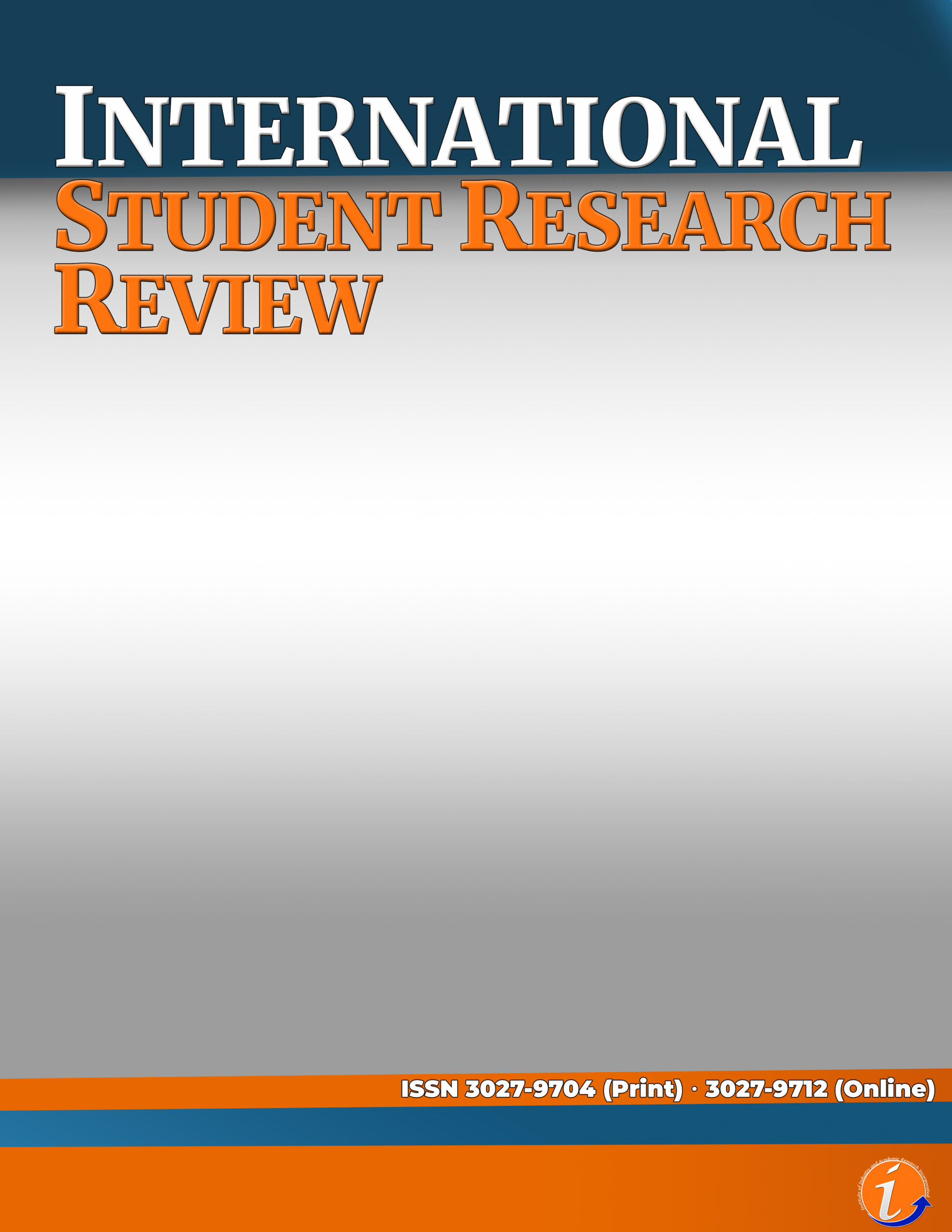This phenomenological research aimed to find out the lived experiences of the 7 teachers of an special education center handling special learners. Some of the participants described their experience as a roller coaster ride experience for it is a combination of positive and negative experiences. Other participants revealed that teaching special learners was a challenging yet very fulfilling and overwhelming experience for them after seeing their learners’ progressed and succeed. Some participants revealed that they cannot communicate well to the special children because they do not have the knowledge to do the sign language. In terms of the challenges and issues encountered by the special educators in teaching special children, there were six dominant themes. Teachers worried that their learners are not properly diagnosed and medically assessed. The issue of denial and acceptance also emerged as a problem among the family members. Parents' knowledge on how to accommodate their children and catering their special needs was also a problem mentioned as well as the financial status of parents which affected their child’s performance in school which became the main reason why their children are not diagnosed properly. In terms of the SPED curriculum, teachers revealed that the curriculum is not need-responsive because it is intended for the regular learners. The coping mechanisms adopted by teachers were encapsulated into five themes. One participant said that by equipping herself with professional knowledge using her personal resources really helped to understand, appreciate, and value more her special learners.
Special Education, Lived Experiences, Mainstream, Inclusive Education
This paper is presented in 4th International Conference on Multidisciplinary Industry and Academic Research (ICMIAR)
Aquino, L. N., Mamat, N., & Che Mustafa, M. (2019). Levels of competence in the learning domains of kindergarten entrants. Southeast Asia Early Childhood Journal, 8(1), 37-45. https://doi.org/10.37134/saecj.vol8.no1.5.2019
Arkansas State University, (June 30, 2016) Common Challenges in Teaching Special Education. Retrieved on July 2022, from the website https://degree.astate.edu/articles/k-12- education/common-challenges-in-teachingspecial-education.aspx
Bartolome, M. T., Mamat, N., &Masnan, A. H. (2020). Exploring kindergarten teachers’ perspectives in parental involvement in the Philippines. Southeast Asia Early Childhood Journal, 9(1), 44-58.
Cho, H. J., Wehmeyer, M. L., & Kingston, N. M. (2013). The effect of social and classroom ecological factors on promoting self-determination in elementary school. Preventing School Failure: Alternative Education for Children and Youth, 56(1), 19-28.
Dalonos, S, J. (2013). Awareness and attitudes of administrators, special education and regular teachers towards inclusive education. Amure International Journal of Multidisciplinary, 6(1).
Douglas, G., & Travers, J. (2012). Measuring educational engagement, progress and outcomes for children with special educational needs: A review. NCSE: Trim Evans, J. (2015). ‘What expert teachers do: Enhancing professional knowledge for classroom practice. Professional Development in Education, 37(4).
Ebol, Simeona T. (2001) Special Education in the Philippines Retrieved on the July 2022, from the website https://www.sunstar.com.ph/article/128141
Equality and Human Rights Commission. What are Human Rights.Retrieved from the website; https://www.equalityhumanrights.com/en/humanrights/what-are-human-rights on July 2022
Friedrich, H. F., & Mandl, H. (eds.). (2012). HandbuchLernstrategien. Handbook of Learning Strategies. Göttingen: Hogrefe. Jones, B. F., Palincsar, A. S., Ogle, D. S., &Carr, E. G. (2017). Strategic teaching and learning: Cognitive instruction in the content areas. Association for Supervision and Curriculum Development in cooperation with the North Central Regional Educational Laboratory.
Ilagan, Karol Anne M. (2011) A Future in Pieces. Retrieved on July 2022, from the website https://pcij.org/tag/special-education/
Kahler Matkota, P. L. (2018). India right to education initiative. https://www.right-to education.org/page/understanding-education-right.
Koe, Dang U. (October 11, 2010) No Child Left Behind… Including Those with Autism. Retrieved on July 2022, from the website http://www.autismsocietyphilippines.org/2010/10 /no-child-left-behindincluding-those.html
Lumen. Education Psychology. Module 2: The Learning Process – Major Theories and Models of Learning. Retrieved from the website; https://courses.lumenlearning.com/educationalps ychology/chapter/major-theories-and-models-of learning/ on July 2022
Nachiappan, S., Ahmad Damahuri, A., Ganaprakasam, C., &Suffian, S. (2018). Application of Higher Order Thinking Skills (HOTS) in teaching and learning through communication component and spiritual, attitudes and values component in preschool. Southeast Asia Early Childhood Journal, 7, 24-32. https://doi.org/10.37134/saecj.vol7.3.2018
Rabara, Narciso D. (2017). The Education of Exceptional Children in Public Elementary Schools in Region I.
Rheinberg, F. (2010): Strategies and motivation. KohlhammerSarason, S. B. (2015). The predictable failure of educational reform. Jossey-Bass Inc
Tough, J. (2015). Development of meaning: Study of children’s use of language. Harper Collins Publishers Yusof, N. I., & Ismail, H. (2020). Kekangan guru tadikauntukmenerimakanak-kanakberkeperluankhas. Southeast Asia Early Childhood Journal, 9(2), 120-131.
Udoba, Humphrey Alexander, (2004) Challenges faced by Teachers when Teaching Learners with Developmental Disability, Retrieved on July 2022, from the website https://www.duo.uio.no/bitstream/handle/10852/42438/Master-thesis-Humphrey-2- 2.pdf?sequence=1
Cite this article:
Guantia, M.C. & Motus, R.H. (2023). Lived Experiences of Special Education Teachers. Industry and Academic Research Review, 4 (1), 392-398.
License:
![]()
This work is licensed under a Creative Commons Attribution (CC BY 4.0) International License.




